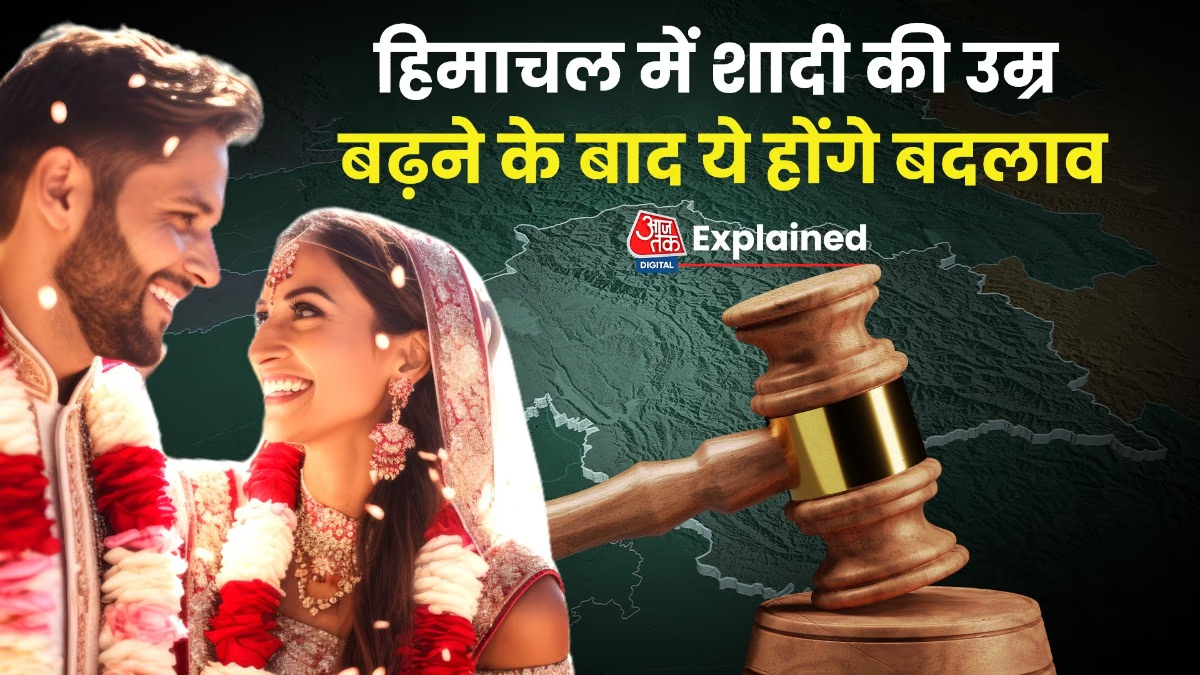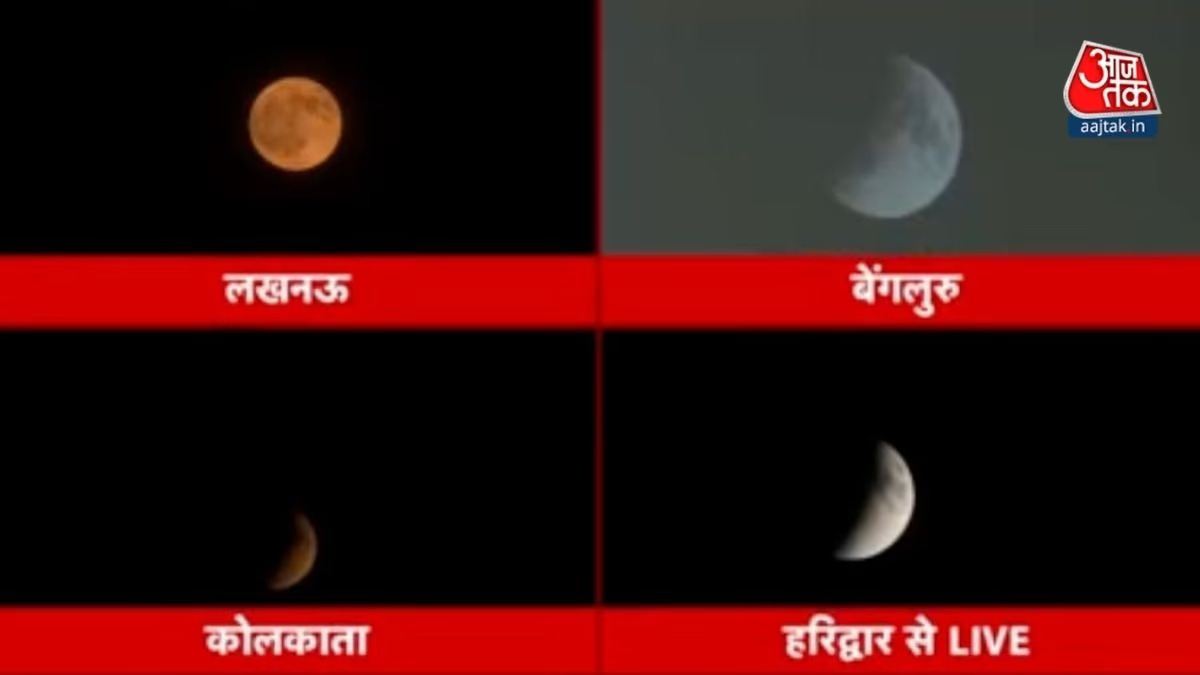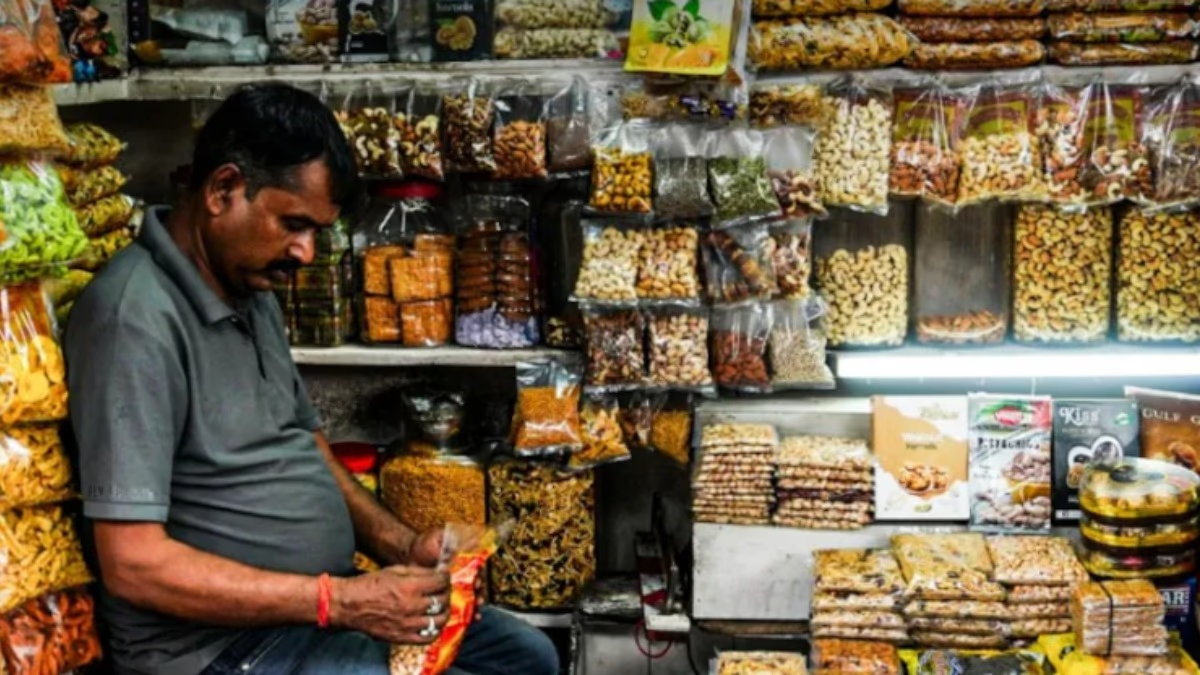In Himachal Pradesh, marrying a girl before the age of 21 will now be a crime. The Congress government here has raised the legal marriage age for girls from 18 to 21 years. The bill has been passed in the assembly and has been sent to the governor. If approved, the legal marriage age for girls in Himachal will become 21 years.
Himachal Pradesh will be the first state in the country to raise the legal marriage age for girls. Henceforth, a marriage in Himachal will only be considered valid if both the boy and girl are 21 years or older.
Key Aspects of the Bill
1. Age of Majority Increased:
Since 2006, there has been a law against child marriage in the country. Under this law, anyone aged 18 or older was considered of legal age. However, if this law is enacted in Himachal, only those who are 21 years or older will be considered of legal age, regardless of gender.
2. Applicable to All Residents:
If the governor approves, this law will apply to all residents of the state, regardless of religion. This includes communities with traditions of early marriages. Essentially, all residents of Himachal Pradesh will be covered by this law.
3. Recognized as Child Marriage:
Previously, the legal marriage ages were 18 for girls and 21 for boys. Now, both will need to be 21 years old. So, any marriage involving a girl under 21 will be recognized as child marriage. If both the boy and the girl are under 21, it will also be child marriage.
4. Extended Nullification Period:
Previously, one could file a petition to nullify a child marriage within two years. The proposed bill extends this period to five years. This means that if a boy or girl marries before the age of 21, they can file for nullification within five years of becoming legally adult.
What Will Be the Impact?
The most significant impact is that now a marriage will only be valid if both the boy and girl are 21 years or older. If either of them is under 21, it will be considered child marriage and deemed a criminal offense.
The second major impact is that it applies to everyone, regardless of caste or religion. Previously, different religions and some tribal communities had varying legal marriage ages. For example, under Muslim law, a girl could marry upon reaching puberty. However, now the legal marriage age for Muslims and everyone else in Himachal will be 21 years.
Furthermore, the nullification period for child marriages has been extended. Previously, petitions had to be filed within two years of reaching adulthood. Now, petitions can be filed within five years.
Child Marriage Penalties
The last amendment to the child marriage law was in 2006. It set the legal marriage ages at 18 for girls and 21 for boys. Although applied nationwide, there are plans to amend this law to set the legal marriage age for girls at 21.
The law allows any person or organization aware of an impending child marriage to seek court orders to prevent it. If the marriage still occurs, those found guilty may face two years of imprisonment and a fine of one lakh rupees. If the marriage happens, the court will declare it null.
Under Section 3 of this law, most child marriages are declared null, but it depends on the boy or girl. Either can petition the court to nullify the marriage. Moreover, they can continue the marriage upon reaching adulthood if they choose to do so.
Section 9 states that an adult male (18+) involved in child marriage can face up to two years in prison or a fine of one lakh rupees, or both. Those found guilty of arranging child marriages, including parents and relatives, can also face similar penalties.
If a child marriage is nullified, the man is responsible for the girl's maintenance. If the boy is a minor, his parents or guardians will provide alimony, as determined by the court.
Furthermore, if a child is born from a child marriage, the man is responsible for the child's maintenance. If the man is a minor, his parents or guardians will bear the responsibility.
Despite Strict Laws, Child Marriages Continue to Rise
Child marriage has been practiced for centuries, not just in India but worldwide. It occurs when both the boy and girl are underage according to legal definitions. In India, the legal marriage ages are 21 for boys and 18 for girls. Marriages below these ages are considered child marriages.
Child marriage laws existed even before India's independence. The first law came into effect in 1929, setting the legal marriage ages at 14 for girls and 18 for boys.
In 1978, the law was amended, raising the legal ages to 18 for girls and 21 for boys. However, these laws lacked stringent penalties and nullification provisions. In 2006, the law was revised to make child marriage a cognizable and non-bailable offense.
Despite these laws, child marriages continue. NCRB reports indicate 3,861 cases of child marriage from 2018-2022, with over a thousand cases in 2021 and 2022 alone. In 2022, there were 1,002 cases; in 2021, there were 1,050.
According to the latest Sample Registrar Survey, in 2020, 1.9% of girls nationwide married before age 18. Meanwhile, around 28% married between ages 18 to 20.
UNICEF's report from four years ago also highlighted child marriage statistics. The report stated over 650 million women worldwide married before the legal age, with 285 million in South Asia and 223 million in India, making India a major hub for child brides.
India's situation was found to be worse than in Pakistan and Sri Lanka. The report indicated that 27% of Indian girls aged 20-24 had married before 18, compared to 21% in Pakistan, 26% in Bhutan, and 10% in Sri Lanka. Bangladesh (59%), Nepal (40%), and Afghanistan (35%) were ahead of India.
Read More: Law Changed but Conditions Didn't: 86 Rapes Daily, Which State is 'Most Unsafe' for Women?




